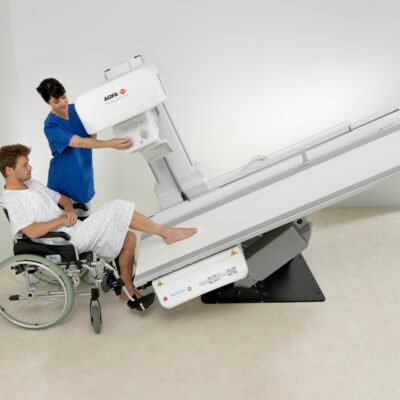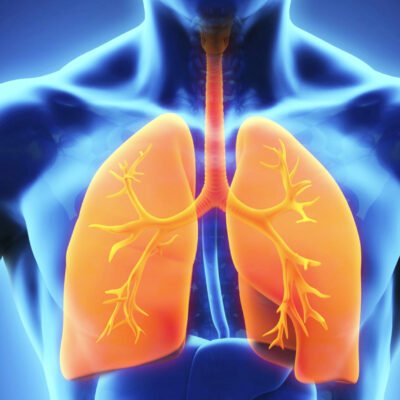Many people have been affected by somatic pain in the modern era. More than 30% to 60% of those with somatic symptom disorder also have greater levels of anxiety and sadness.
As of 2023, the prevalence of the somatic symptom condition has been anticipated to range from 5% to 7%. These people fall into one of the most prevalent patient types for primary care. Acute somatic symptom patients are around 25% more likely to acquire persistent somatic illness.
What Is Somatic Pain?
When a person has somatic pain, they experience anguish over the accompanying physical sensations. These also involve unusual sentiments, actions, and even responses to them.
Muscle, joints, skin, bones, and ligaments are all possible locations for nociceptive pain to manifest. Somatic pain is another name for musculoskeletal pain. To understand more, click here: Joint Pain
The quality of life as well as daily functioning may be affected by somatic symptom disorder. Cancer and bone metastasis patients frequently experience somatic pain.
These somatic symptoms are distinguished specifically as persistent, localised aches and pains that gnaw and throb. These metastases are typically brought on by the simultaneous breakdown of old bone and the development of new bone.
Somatic pain syndromes :
Somatic pain syndromes is recognised when a person possesses a significant focus on physical signs and symptoms, such as pain, vulnerability or shortness of breath, to a level that results in major distress and/or problems functioning.
The person overreacts to the physical symptoms in their thoughts, feelings, and behaviours.
Causes of Somatic Pain:
The Somatic pain typically just affects one specific area of the body, which makes mobility more painful. These are nociceptive because an injury, pressure, or inflammation is the root of them.
When you cut yourself or sprain your ankle, the inflammation that results in tissue damage is also highly sensitive to them. Specialised sensory nerves called nociceptors are responsible for detecting pain in the body.
Strong signals, which are also linked to tissue damage, are found by nociceptors. You would feel pain since these would be transmitting pain-inducing signals to your brain.
What are The Symptoms of This Pain?
Therefore, if you have somatic pain, you may be exhibiting a variety of bodily symptoms, such as :
- Pain Weakness
- breathing difficulty
- Gnawing
- Aching Throbbing Cramping
- excessive and persistent concerns regarding the severity of symptoms
- Fatigue
- chaotic behaviour or trauma
- neglect in early years
- drinking disorder
- the disordered use of drugs
Treatment of somatic pain –
There are many methods for reducing somatic pain.
Those who have been admitted to the emergency room can easily manage somatic discomfort using the SUPER algorithm. Medical Intern Emergency.
It depends on the nature and severity of the pain. For example, a muscular spasm that is just mildly painful may be handled very differently from a shattered bone that may produce tremendous agony.
Most minor cases of somatic pain can be successfully treated with NSAIDs like Aleve (naproxen) or Motrin (ibuprofen), as well as over-the-counter painkillers like Tylenol (acetaminophen).
Tylenol differs greatly from NSAIDs in that it has no anti-inflammatory activity. Tylenol won’t therefore help to lessen the ensuing swelling.
Muscle relaxants like Baclofen or Flexural (cyclobenzaprine) may offer relief for severe somatic or musculoskeletal discomfort. Opioids, or drugs like oxycodone and hydrocodone, are best used to treat extremely painful conditions for which Tylenol or NSAIDs alone are ineffective.
Please be aware that there is a high danger of substance abuse and dependence with opioids. Because of this, doctors normally only prescribe opioids for brief periods of time.
Your healthcare professional might also suggest alternative treatments, such as using a heating pad or cold pack to the sore area, depending on the intensity of the pain. Even practises like massage, physical therapy, and relaxation might be beneficial.
Read more about other pain – Abdominal Pain , Visceral Pain





